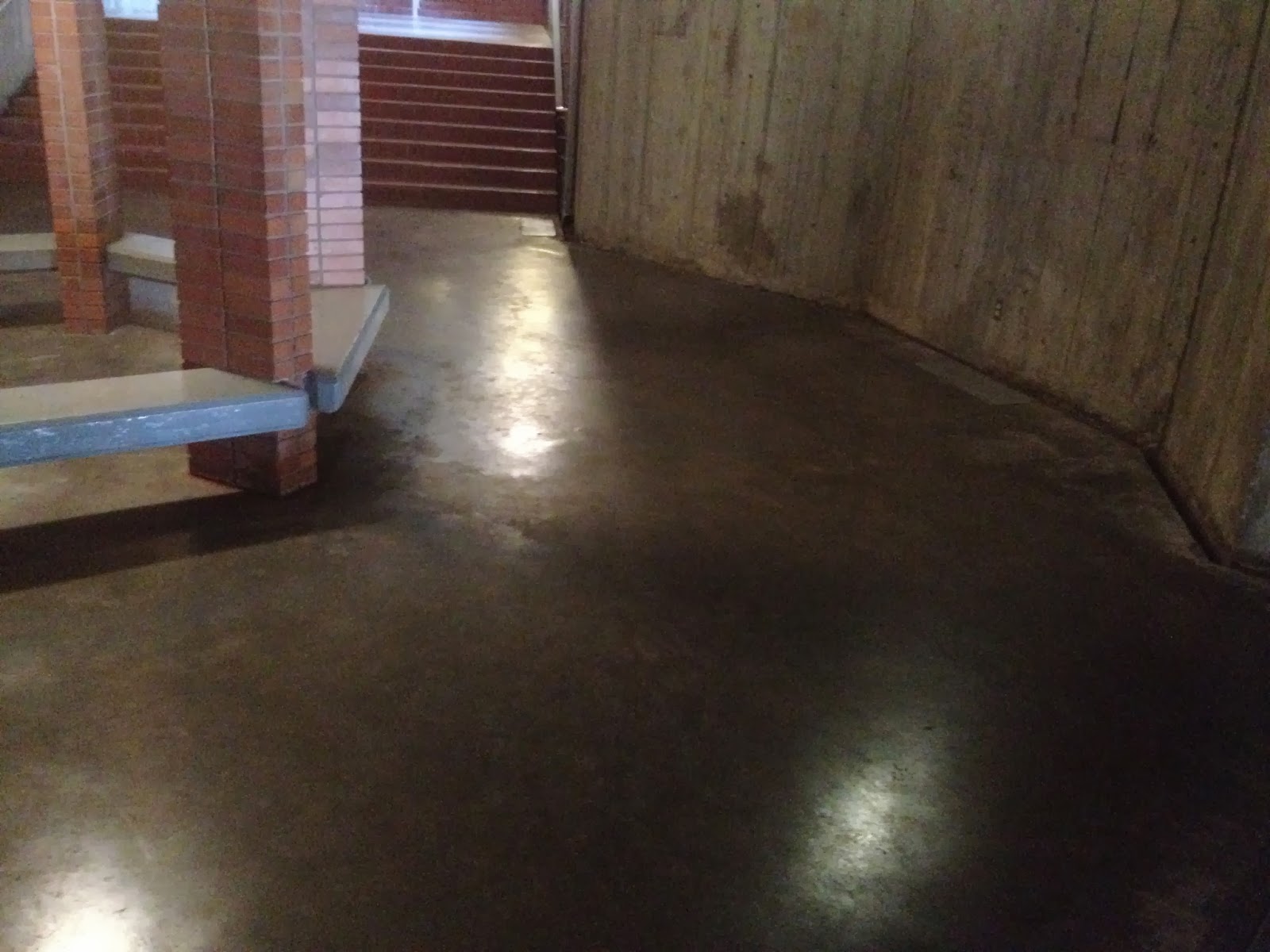I gravitate to circular signage for this particular space. I feel it somewhat is reminiscent of the nodes/seating areas. This sign and its mounting would be ideal as you can see it from either direction as you pass through.
Pathways can be guided by lighting. Color coded walk ways would give the user an easy way to follow the correct path to their destination. Lighting and color coding can be combined to not only give the user direction as to where to go, but also, improve the user experience with better aesthetic that additional lighting (in a creative method) would add.
This is an example of a more artful approach to providing additional lighting in the tunnel.
The organic shapes in this design could be developed/manipulated to provide direction to the tunnel user with out using the obvious arrow graphic.
LED rope lights are easy to manipulate and shape, can be found in a wide range of colors and would provide additional light. This method of lighting is more aesthetically pleasing than a flood or spot light. It is an opportunity for expression, while serving a practical purpose.



















.jpg)
.jpg)
.jpg)






























